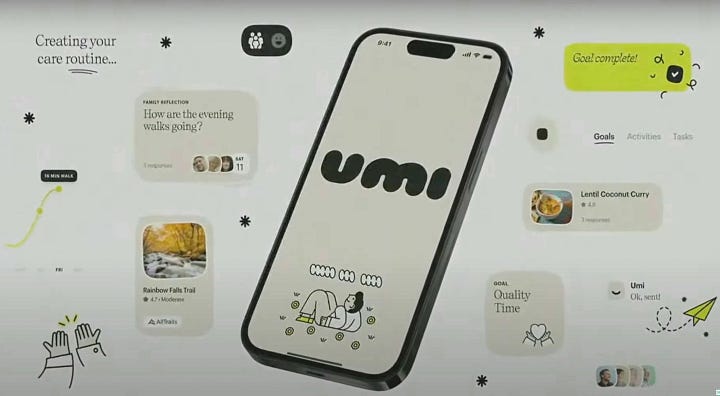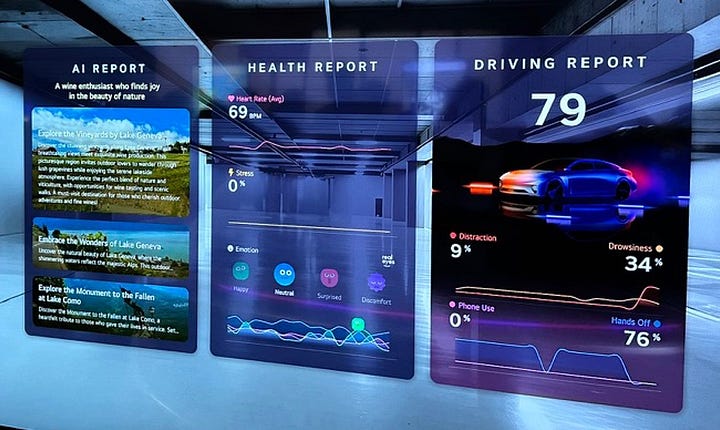How Ai is taking us beyond Clippy
MS Clippy was the famously irritating but pioneering digital assistant — now AI coaches could take us to new heights by offering what car drivers really value
As AI continues to reach deeper into everyday tech, a new category of interaction is emerging — one that promises to guide, improve, and support users over time: the ‘AI coach’.


In recent months we’ve seen a wave of AI-powered coaching tools: the Panasonic ‘Umi’ positions itself as a personalised wellness coach for families; the Razer Project Ava analyses gameplay in real time and offers strategic performance feedback; the LG Vision AI Mobility Concept monitors driver health and behaviour. These have laid the groundwork for in-car AI coaches that car drivers can really value.
Coaching vs. Clippy
AI can now read signals (biometrics, behaviour, patterns), process them locally in real time, and offer tailored feedback in a human-like, conversational manner. That unlocks new UX possibilities — especially in cars — and in theory AI driving coaches could be transformative. They could help drivers improve their high-speed driving performance, offer efficiency tips, coach drivers toward safer driving behaviours, and they could onboard owners to complex new vehicle systems which would improve confidence and long-term satisfaction.
But without careful design, they risk becoming the new Microsoft Clippy — intrusive, irritating, and ignored.
This is where automotive UX leadership will step in, because the success of an AI coach will hinge less on its technical capability and more on how it is perceived. If it feels patronising, off-brand, or misaligned with user expectations, it won’t just fail — it may actively degrade the experience.
Tone of Voice is the UX
A coaching system is a character not just a feature, and that character must reflect the values of the brand and the lived realities of the user.
Would a Mercedes coach speak with clinical, Germanic precision? Would a MINI coach take on a cheekier, more conversational tone? What does “supportive” mean to a BMW customer who values performance, or a Toyota customer who values trust and ease of use?
These nuances matter. If brands don’t understand how AI coaches are perceived they could become a disconnect for the user instead of a differentiator.
This is why the design of the coaching persona, tone, and interaction pattern is just as important as the dataset that powers it.
Real Coaching, Real Impact
AI coaching might not be seen so much as a feature to add, but as a new relationship to design. A well-crafted coach will strengthen brand equity, deepen user engagement, and differentiate a vehicle in ways traditional UX cannot. It will help drivers become safer, more confident, and more connected to their vehicle’s full potential.
But that only happens if the experience is designed — not just developed.
For automotive brands looking to enter this space, the question shouldn’t be whether AI coaching is possible. It should be: What kind of coaching does our customer actually need, and how can our brand uniquely deliver it?





